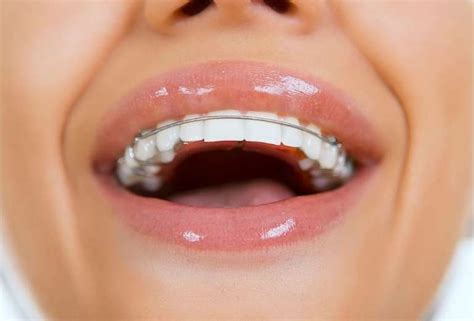Is Your Retainer Due for a Replacement?
Maintaining a healthy and beautiful smile after orthodontic treatment relies heavily on diligent retainer wear. But retainers, like any oral appliance, have a limited lifespan. Knowing when to replace your retainer is crucial for preserving your straight teeth and avoiding costly corrective procedures down the line. This article will guide you through the signs that your retainer needs replacing, answer frequently asked questions, and help you understand the importance of regular checkups with your orthodontist.
How Long Do Retainers Typically Last?
The lifespan of a retainer varies depending on several factors, including the type of retainer (removable or permanent), the material it's made from (plastic, wire, etc.), and how well you care for it. Generally, removable retainers may last anywhere from 1 to 5 years, while permanent retainers can last for many years, potentially a lifetime, with proper care. However, this is just a guideline; regular checkups with your orthodontist are crucial for accurate assessment.
What Are the Signs My Retainer Needs Replacing?
Several signs indicate that your retainer may be nearing the end of its useful life. Paying close attention to these signals can prevent significant orthodontic relapse.
1. Cracks or Breaks:
This is one of the most obvious signs. Cracks, chips, or breaks in the retainer compromise its structural integrity and ability to maintain your teeth's alignment. Using a cracked or broken retainer risks further misalignment.
2. Discomfort or Irritation:
While a new retainer might feel slightly uncomfortable initially, persistent discomfort, irritation, or sores in your mouth could indicate that the retainer has warped or become ill-fitting.
3. Changes in Fit:
If your retainer feels loose or too tight, it's a clear sign that it's no longer providing the necessary support. This often happens as your jaw and teeth naturally shift over time.
4. Staining or Discoloration:
Staining and discoloration are common with removable retainers. While cleaning can often address surface stains, significant discoloration can indicate a breakdown in the material.
5. Persistent Bad Breath:
While poor oral hygiene is a more common cause of bad breath, a retainer that's difficult to clean thoroughly can harbor bacteria, leading to persistent bad breath or even gum disease.
How Often Should I See My Orthodontist for Retainer Checks?
Regular checkups with your orthodontist are essential for maintaining the long-term success of your orthodontic treatment. Schedule appointments at least once a year to have your retainer examined. This allows your orthodontist to assess the condition of your retainer and your teeth, ensuring that your teeth are maintaining their alignment and addressing any potential problems early on.
What Happens If I Don't Replace My Retainer?
Neglecting to replace a worn-out or damaged retainer can lead to significant orthodontic relapse. Your teeth may gradually shift back to their original position, potentially requiring further orthodontic treatment to correct the misalignment. This can be both costly and time-consuming.
Can I Repair My Retainer Myself?
No. Attempting to repair your retainer yourself is strongly discouraged. Improper repairs can further damage the retainer, potentially harming your teeth or gums. Always contact your orthodontist for repairs or replacement.
What Are the Different Types of Retainers and Their Lifespans?
Several retainer types exist, each with varying lifespans:
-
Removable Retainers (Clear Aligners): These are typically made from plastic or acrylic and require daily removal for cleaning. Their lifespan is shorter, generally 1-3 years.
-
Removable Retainers (Wire Retainers): These retainers use a metal wire that fits around the teeth. They are more durable than clear aligners but are still susceptible to damage. Their lifespan is typically longer, up to 5 years.
-
Permanent Retainers: These are cemented to the back of the teeth and are not removable. They offer the longest-lasting retention but can still require adjustments or replacement if damaged.
Conclusion: Proactive Care for Lasting Results
Regularly inspecting your retainer and scheduling annual checkups with your orthodontist are crucial steps in maintaining your beautiful, straight smile. By addressing any issues promptly, you can prevent costly and time-consuming orthodontic relapse and ensure the longevity of your orthodontic results. Remember, a small investment in retainer maintenance is a significant investment in your long-term oral health.

